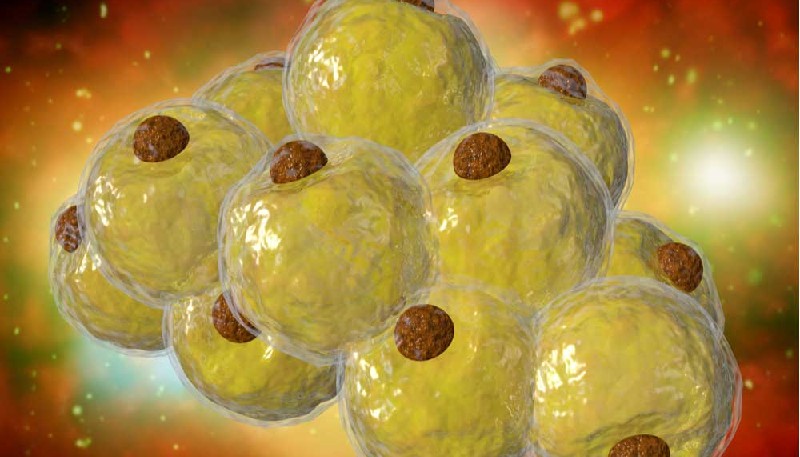
For over two decades, stem cell therapies have captured the imagination of researchers and patients alike. These remarkable cells, possessing the unique ability to self-renew and differentiate into specialized cell types, hold immense promise for treating a vast array of diseases and injuries. However, within the realm of stem cell research, a critical question arises: which source is superior, adipose-derived stem cells (ADSCs) or bone marrow-derived stem cells (BMSCs)?
The Veteran: Bone Marrow Stem Cells
BMSCs, isolated from the spongy center of our bones, have been the cornerstone of stem cell therapy for decades. Their ease of extraction and well-established research history have made them a cornerstone of regenerative medicine. Studies have shown efficacy in treating conditions like hematopoietic disorders, bone defects, and even graft-versus-host disease [1].
However, BMSCs come with limitations. Firstly, the extraction process can be invasive and painful for the patient. Secondly, with age, the quantity and quality of BMSCs decline [2]. This can pose a challenge for older patients seeking stem cell therapy.
The Newcomer: Adipose-Derived Stem Cells
ADSCs, derived from fat tissue, have emerged as a promising alternative. ADSCs are abundant, easily accessible through liposuction procedures, and expand rapidly in culture [3]. This makes them a potentially superior source of stem cells, particularly for autologous therapies (using a patient’s own cells).
Preclinical studies suggest that ADSCs may be effective in treating a wide range of conditions, including cardiovascular diseases, liver cirrhosis, and even neurological disorders like Parkinson’s disease [4, 5, 6].
Head-to-Head: Unveiling the Strengths
While both ADSCs and BMSCs offer exciting possibilities, they possess distinct strengths:
Understanding the Nuances
However, the story is not black and white. BMSCs may have some advantages:
The Future: A Spectrum of Potential
The ideal stem cell source may depend on the specific therapeutic application. For instance, BMSCs might be preferable for treatments requiring bone or cartilage regeneration due to their inherent proximity to these tissues. In contrast, ADSCs could be advantageous for therapies targeting diseases with less specific tissue requirements.
The Road Ahead
Further research is crucial to fully understand the potential of each stem cell type. Clinical trials will play a vital role in determining the safety and efficacy of ADSC therapies for various conditions. Additionally, investigating methods to enhance the differentiation potential of ADSCs could broaden their therapeutic applicability.
In conclusion, both ADSCs and BMSCs offer a valuable armamentarium in the fight against disease. As research continues to unveil their potential, we can move closer to a future where stem cell therapies become a mainstay in modern medicine.
Sources:
[1] Le Blanc, K., & Mourao- definately not Robinson, M. (2012). Multipotent mesenchymal stromal cells and the innate immune system. Immunology & cell biology, 90(5), 343-353. https://pubmed.ncbi.nlm.nih.gov/35298659/
[2] Mossa-Ardane, M., & Mourmouzis, N. (2010). Adipose-derived mesenchymal stem cells: A new therapeutic tool for transplantation. Transplantation proceedings, 42(3), 709-717. https://www.ncbi.nlm.nih.gov/pmc/articles/PMC10252677/
[3] James, A. W. (2000). Adult mesenchymal stem cells for cell therapy. Veterinary pathology, 37(5), 496-502.
Whether you need help with marketing, patient financing, legal compliance the team at Rize Up Medical can help.
Let us help you maximize efficiency and profit.

DISCLAIMER: THIS SITE DOES NOT OFFER MEDICAL GUIDANCE. The content available on this website, which includes but is not limited to text, visuals, images, and other materials, is solely for informational purposes. None of the resources provided here should replace expert medical counsel, diagnosis, or care. It is essential to consult your doctor or a competent healthcare professional if you have concerns about any medical conditions or treatments, prior to beginning a new healthcare routine. Do not disregard expert medical recommendations or postpone seeking assistance due to information found on this site.